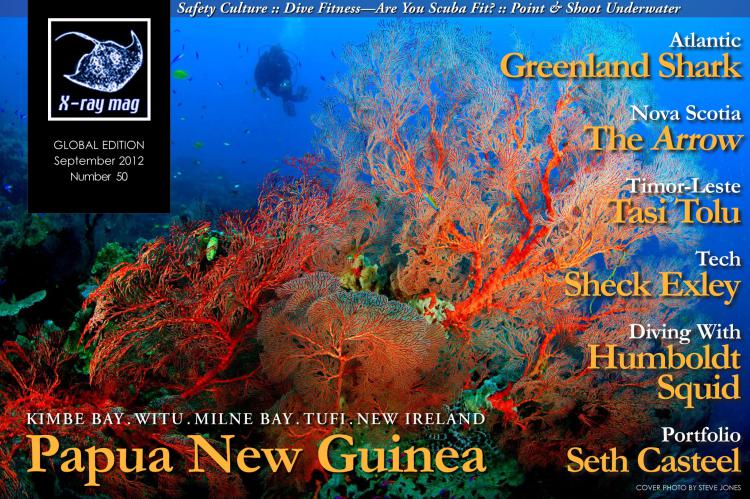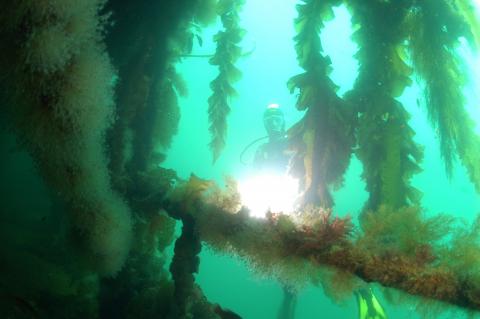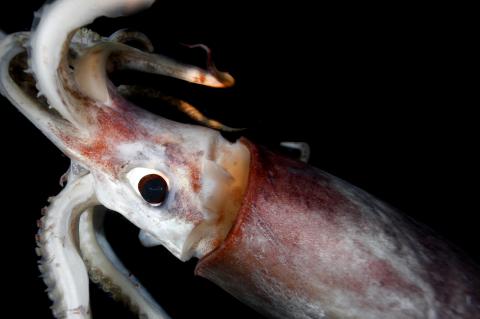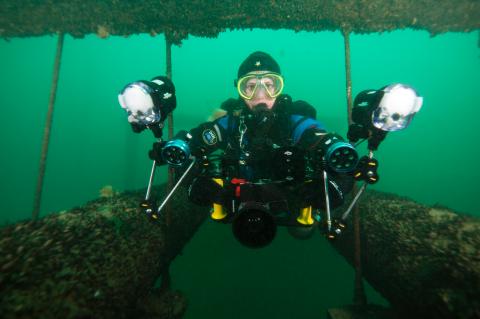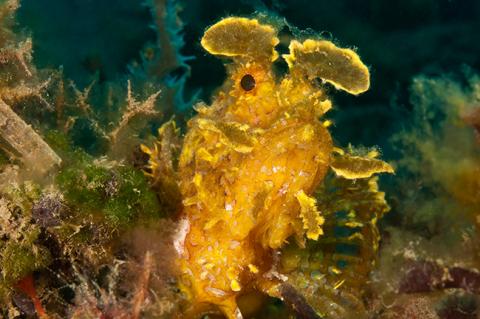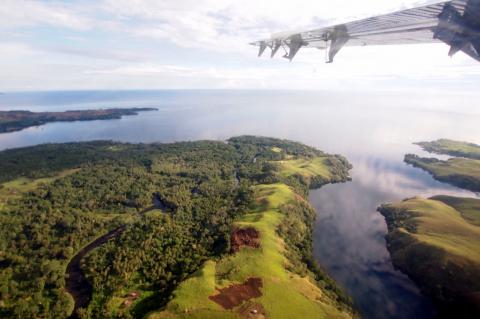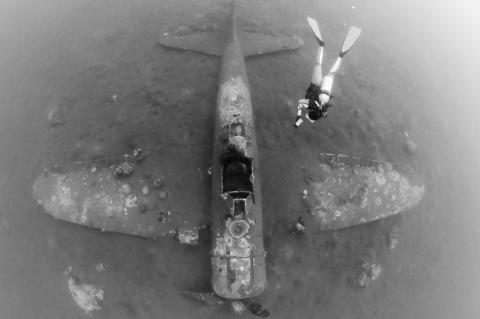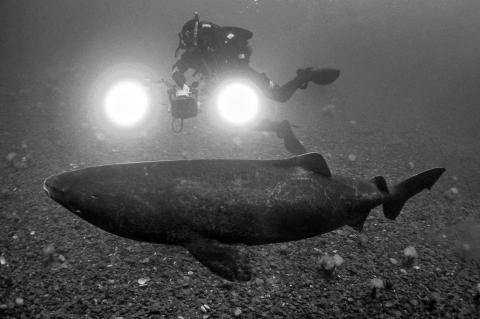X-Ray Mag #50
Papua New Guinea: Kimbe Bay, Witu, Milne Bay, Tufi, New Ireland; The Greenland Shark; The Arrow, Nova Scotia; Timor-Leste's Tasi Tolu; Sheck Exley on Mix; Diving with Humboldt Squid; Safety Culture in Diving; Dive Fitness: Are You Scuba Fit? Point-and-Shoot Underwater Photography; Underwater Dogs by Seth Casteel. Plus news and discoveries, equipment and training news, books and media, underwater photo and video equipment, turtle news, shark tales, whale tales and much more...
Main features in this issue include:
Are you Scuba fit?
Long after the jet lag and the first day back to work, you slip into your favorite dive T-shirt eager to keep the essence of your most recent underwater experience pulsing through your mind and body. Proudly wearing large print logos across your chest is a way of celebrating your passion for diving and sharing it with the rest of the world.
And why not? Beyond the obvious comfort of a cotton dive T, diving is a recreational activity that quickly becomes a way of life. Now imagine if you pulled on your favorite dive T-shirt and someone had changed the slogan to express other aspects of your lifestyle.
Diving the Arrow
It’s an unsettled kind of morning on Chedabucto Bay of Canada’s east coast. The sun is shining—it’s really quite pleasant—but there’s a brisk wind blowing from the southwest. What that translates into here in the waters between Cape Breton Island and Nova Scotia is heavy seas. We’re pounding through four to six foot swells in a 25-foot rigid hull inflatable boat.
Diving with the Humboldt squid
The rather dark reputation of Humboldt squid has been readily reinforced by various wildlife television programs and other media which present these creatures as giant animals hungry for blood or ruthless monsters, uncompromisingly attacking their prey.
Humboldt squid live in the very deep waters of the ocean. Knowledge about their lives in the abyss is very limited. Most of the research concerning their behaviour has been done in shallower waters. They are found in the eastern part of the Pacific Ocean, near the western coast of the Americas.
Exley on Mix
I first spoke with Sheck Exley in the summer of 1991. I had begun publishing aquaCORPS: The Journal for Technical Diving, a year earlier and I was working out of the office at Capt. Billy Dean’s dive shop in Key West, Florida, the first technical diving training center in the United States. “Technical diving”, a term we had just coined to describe this new style of diving, was just in its infancy.
Billy was out running errands and Chris, the store manager, called out for me pick-up the phone in the office: someone was interested in our deep diving program.
Point & Shoot - Step-By-Step Images With Today’s Gear
In order to create images with point-and-shoot digital cameras that are a step above snap-shots, we have to use the same techniques used with DSLR cameras. By using a few different techniques, one can get outstanding results no matter what size camera is used.
Get close wide-angle
Timor-Leste’s Tasi Tolu
There can’t be many dive sites that owe their existence to the direct intervention of the country’s president, but Tasi Tolu, on the outskirts of Timor Leste’s capital Dili, can claim that unique patronage.
Tasi Tolu gets its name from the three fresh water lakes just inland from the beach and below the nearby foothills. During the rainy season, the lakes tend to fill to capacity and then overflow, flooding the nearby road and villages.
Tufi, New Ireland & Milne Bay
Is there another country anywhere with so much diversity? The six million inhabitants of this nation of mountains and islands are spread over 463,000km2 of mountainous tropical forests and speak over 800 different languages (12 percent of the world total). Papua New Guinea occupies half of the third largest island in the world as well as 160 other islands and 500 named cays.
Located just south of the Equator and to the north of Australia, Papua New Guinea (PNG) is a diver’s paradise with the fourth largest surface area of coral reef ecosystem in the world (40,000km2 of reefs, seagrass beds and mangroves in 250,000km2 of seas), and underwater diversity with 2,500 spec
Unity in Diversity
I’ve been on the road for 36 hours now, and I’m pretty much on the other side of the world from where I started back in rain drenched England. At last, I’m approaching the final legs of the journey—just a short one-hour flight to go.
Things have gone smoothly so far, I’m thinking, as I wander up to the check-in desk for the last leg of my trip. “The flights full,” the attendant tells me, “You’ll have to wait until tomorrow.
Following a mixture of smooth talking and plain old pleading, I managed to “unoffload” myself, and I’m soon in the air heading for New Britain Island, Papua New Guinea. I should be out for the count, but I’m too excited to sleep.
Unlocking the secrets of the Greenland Shark
One of the dreams of any naturalist is to be the first to find and detail the life of a hidden or unknown animal first hand. Since 2003, scientific divers with the Greenland Shark and Elasmobranch Education and Research Group (GEERG) have begun to unravel the mysterious life of the Greenland shark, which at over seven meters in maximum body length and exceeding a ton in weight, is the second largest carnivorous shark after the great white.
Primarily a deepwater shark of the northern boreal oceans, Somniosus microcephalus is the only shark that patrols beneath the ice of the Arctic Circle. Hundreds of thousands of these sharks have been caught in directed fisheries, and yet little is known scientifically about the species.


